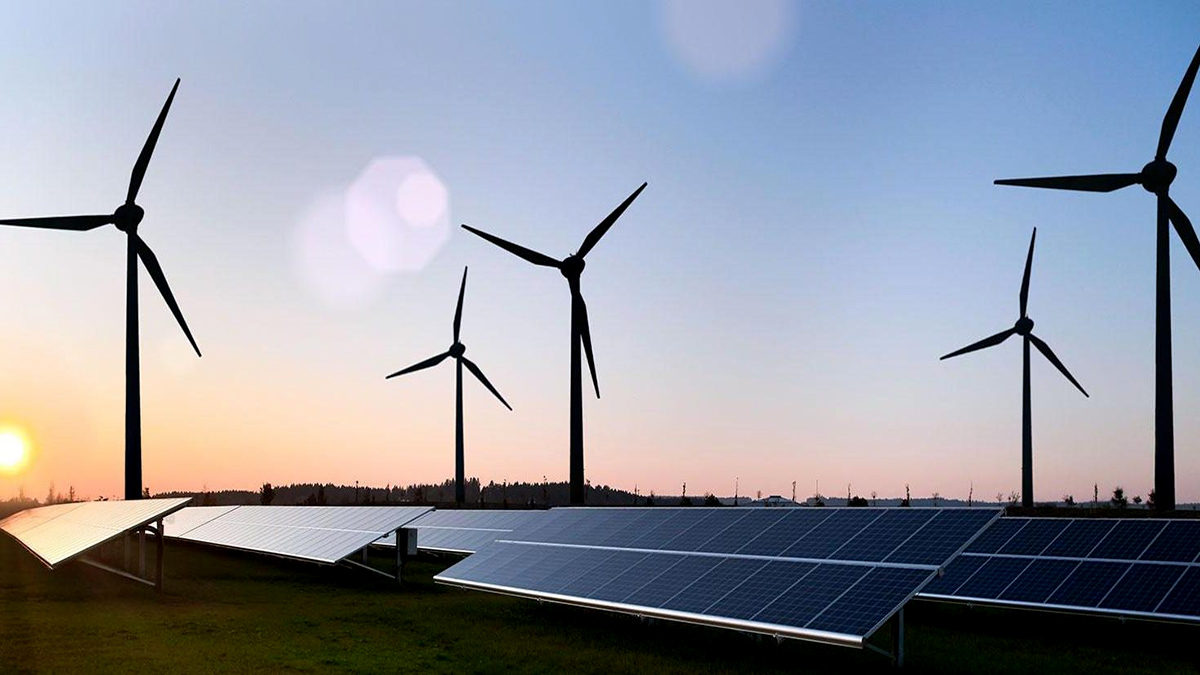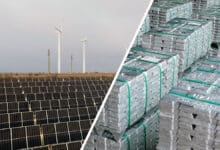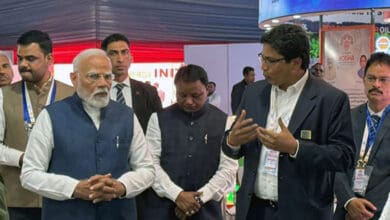India is falling behind on delivering the targets of increasing its non-fossil energy capacity to 175 GWs by 2022 and 500 GW by 2030 as many states, including Uttar Pradesh, Punjab and Haryana are lagging on this front, climate and energy experts said on Wednesday.
The comments were made during a webinar held by Climate Trends, a Delhi-based climate communications initiative, on how the northern power grid can accelerate the transition and help India meet its 2030 Glasgow commitments while contributing to limiting global warming to 1.5 degrees Celsius.
The webinar was held close on the heels of the release of the Intergovernmental Panel of Climate Change (IPCC)’s Working Group III report on Mitigation recently.
“We are falling behind on delivering the targets of 175 GW by 2022 and 500 GW by 2030 because while some states are on track others are lagging,” said Aditya Lolla, Senior Electricity Policy Analyst for Asia at energy think tank Ember.
He said in the southern region, Telangana has achieved its renewable energy target and in the north, only Rajasthan is ahead and has achieved its 2022 target.
“But there are states like Uttar Pradesh which have not even achieved 30 per cent of their target. If I compare these two states, both have a 14 GW target for 2022. While Rajasthan has achieved 17 GW currently, Uttar Pradesh is lagging at 4GW,” Lolla said.
The story is similar in Uttarakhand (1 GW), Punjab (2 GW) and Haryana (1 GW).
The pro-renewables states are making profits with this transition, like the Rajasthan Renewable Energy Corporation Ltd made a profit of Rs 65 crores last year, due to their RE adoption, he said.
According to the IPCC, to achieve 1.5 degrees C, the world must reduce annual carbon dioxide emissions by 48% by 2030 and reach net-zero by 2050. This means that governments will need to rapidly introduce policies and measures for emissions to peak by 2025.
In the last climate summit in Glasgow, Prime Minister Narendra Modi announced enhanced climate targets for India, including increasing its non-fossil energy capacity to 500 GW and meeting 50% of its energy requirements through renewable energy by 2030.
To achieve this capacity, India needs to install 42 GW of renewable energy every year.
Experts feel that India will miss its 500 GW of non-fossil fuel energy target because it is lagging in rooftop solar installations.
“This is mainly because different states have responded differently to the target. We have achieved only 54 GW of the 100 GW target for solar. Wind power has also slowed down in the last couple of years. This is mainly because the power purchase agreements in some states got cancelled by DISCOMs. This has happened in Uttar Pradesh, Gujarat, and Karnataka. To provide stability and achieve renewable energy targets, we first need a consistent policy across all the states. After this, state governments need to solve their local problems,” Lolla explained.
Parth Bhatia, Associate Fellow, Centre for Policy Research and Contributing Author on IPCC WGIII report, Chapter 13 – Policies and Institutions, said the latest IPCC report stated that almost all electricity should come from low or zero fossil fuel sources to achieve the 1.5 degrees Celsius target.
“It means that all coal-based power plant assets become a stranded asset risk by 2030 as transitions will accelerate.
“The goal is to avoid locking in high-carbon and wasteful energy systems for the long-term, as the window to decarbonise is extremely short now. Coal becomes an economic liability and risk in this scenario,” he said.
Experts feel that to provide stability and achieve renewable energy targets, India first needs a consistent policy across all the states. After this, state governments need to solve their local problems and there is a need to create an economy where the private sector sees an opportunity.
They concurred that India will need to focus on a battery of solutions and policy changes on both the demand and supply sides.
If the northern grid has to decarbonise, adjoining states such as Uttar Pradesh, which produces almost 10% of the country’s electricity share, need to increase their renewable energy uptake, experts said.
“In India, we have seen a stark difference emerging among states. The developed states are where the penetration and transition are happening. These are the states that are driving the renewable energy push. Many north Indian states are yet to catch up. States like Uttar Pradesh have great potential, but there is a need for state-level policy to give the push. Delhi has a big role to steer the transition in the northern grid as they have the highest demand and will depend largely on neighbours to get their energy.” said Manish Ram, Researcher, Lappeenranta-Lahti University of Technology, Finland.













